I have a practical approach to pruning of native plants.
Historically there was no pruning
Historically, pruning has not been a feature of Australian plant gardening.
In the 1960’s when I began a native plant garden, there was a lack of knowledge. Also there were misconceptions surrounding low care bush or naturalistic gardens. There was much inappropriate planting and also the bad press of “gums and wattles”, considered straggly and unattractive. And of course, in the bush, plants were pruned by nature, fire, flood, frost and storms, as well as wildlife.
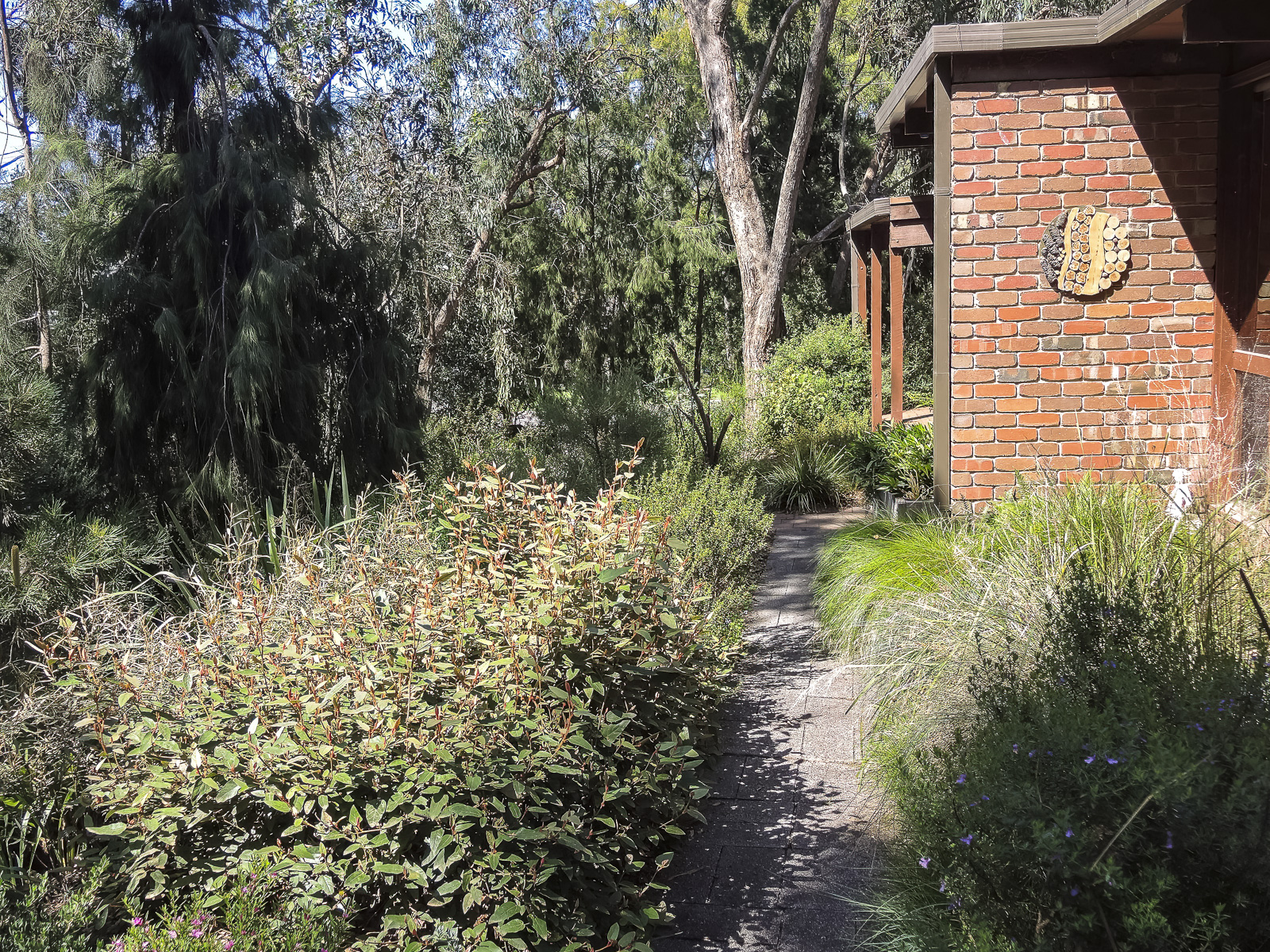
Pruning of native plants is good for shape and health
We now know pruning maintains the shape and the health of plants. But knowing the why, when and how is critical.
Tip pruning most of the year is ideal for many plants, especially correas.
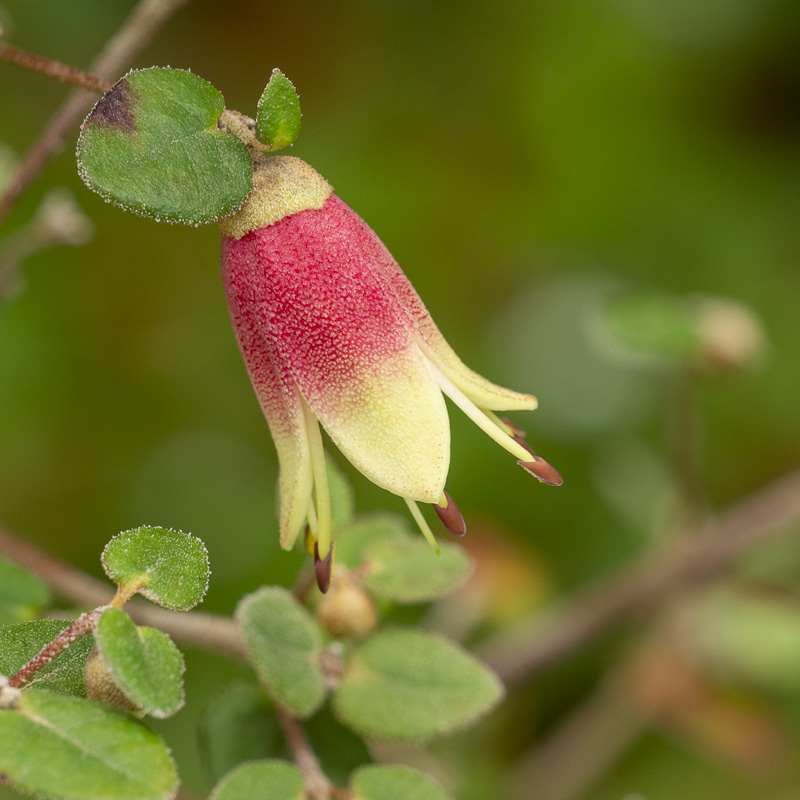
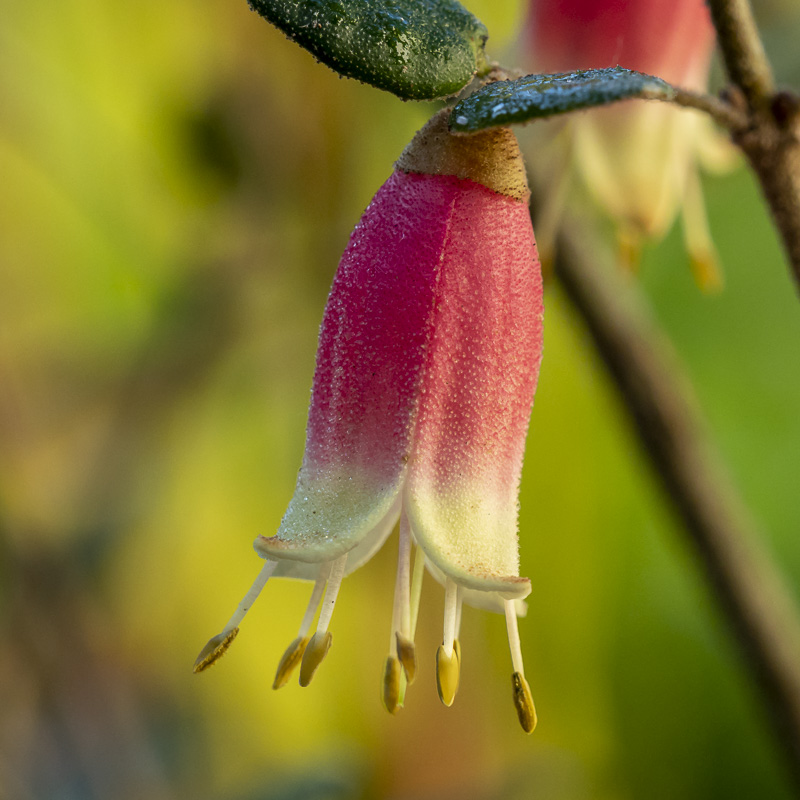

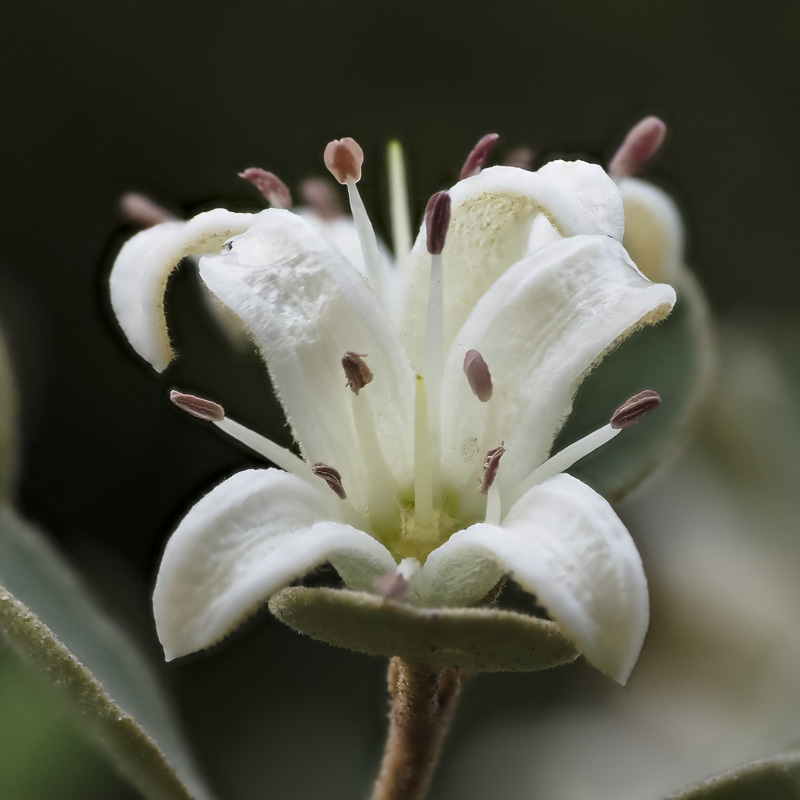
Picking flowers or pruning after flowering is another guideline.
I recently saw first hand during a recent severe storm how not pruning or leaving it too late in the life span of the plant to prune can be damaging. My hedge of Westringia, as well as Phebalium were not quite uprooted, but moved from the perpendicular. Will it be too late, as pruning back to hard wood may not be timely in the middle of Melbourne’s winter. And is it basically too late to revive these old plants?
Pruning part of a plant that is dead or diseased can prolong the life of the plant and its shape, as I have experienced with Eremophila.
Also pruning lower branches of trees and large shrubs can not only create vistas, but an illusion of distance in a small garden.
Topiary can be beautiful but at the cost of flowers
Another form of pruning is topiary. It creates a spectacular vision, as seen in Fiona Brochoff’s Sorrento garden, as well as, a not-to-be-forgotten drift of Leucophyta brownii on the tidal island St. Michael’s Mount in Cornwall UK. However topiary comes at a cost, usually, the loss of flowers.
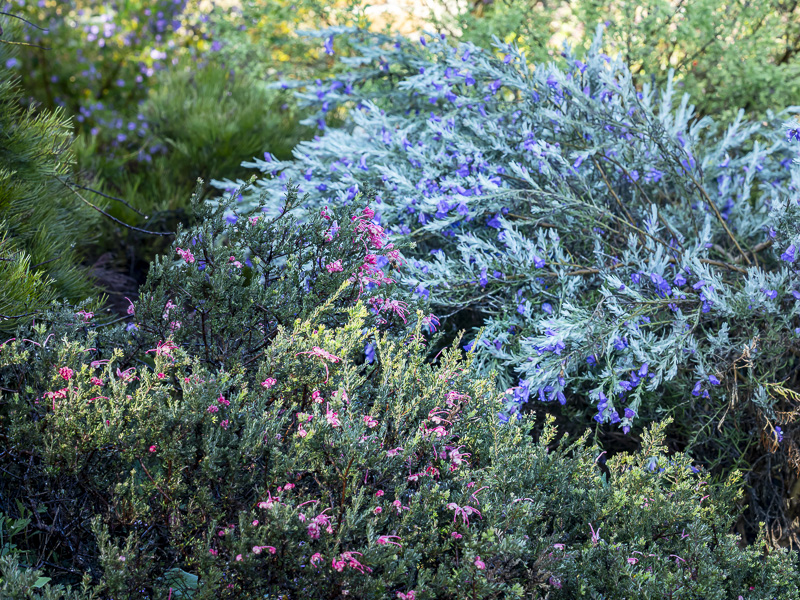

While pruning has many advantages, over-pruning can reduce or eliminate the habitat for many critters. For example in my suburban bush garden I retain areas of thicket, as safe havens for small birds.

Pruning plants can also create a specific design feature. This includes the individuality of a plant or the dramatic effect of topiary or retaining a habitat-rich suburban bush garden.
Unless regular pruning is your mission, pruning is easier by having secateurs in hand or on your body, in a pouch, when gardening. It need not be hard work, and as I have found quite therapeutic.
ANPSA also has study groups for other study groups, such as for Correa and Eremophila.
See also Jane Edmondson from Gardening Australia on pruning natives.
 Australian Native Plants Society (Australia)
Australian Native Plants Society (Australia)












